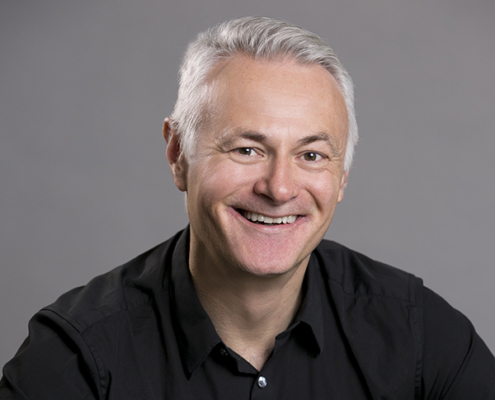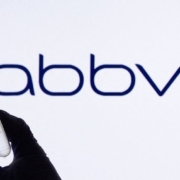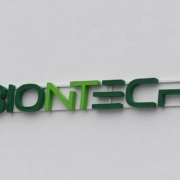Why fighting cancer means fighting creative cliches
Why fighting cancer means fighting creative cliches
Observations from ASCO 2023
By John Kenny
Oncology has a good problem. There are simply too many breakthrough treatments for oncologists to keep up with. In one survey, 80 percent of oncologists report being overwhelmed by the amount of new information they need to keep up with.
Given this, events like ASCO 2023 provides oncology brands with a tremendous opportunity. Here over one weekend, 40,000 of the world’s top oncology professionals give their full attention to understanding how their field is changing.
And for sure, there are a tremendous number of medical breakthroughs. But that’s not the problem. The problem is how to make all this information usable versus overwhelming. And this is a critical issue. As oncology treatments become more targeted and personalized, the length of time from learning about new treatments to having the opportunity to adopt new treatments becomes longer and longer.
This changes the challenge for brands promoting themselves at ASCO. Not only do brands have to ensure that treatment data is convincing, but they also must ensure that their brand is recognized and remembered when they reach out in the months to come, long after ASCO concludes when the first opportunity arises to adopt new treatments and diagnostics.
But what will make cancer breakthroughs easy to recognize and memorable many months from now? The challenge for the medical community is that there is a limit to our ability to remember data and abstract concepts. Instead, what does make something easy to remember are things that don’t tax the brain, unique visuals that surprise you because you haven’t seen them before, vivid characters, stories or slogans that become symbols of the brand or metaphors for its MOA. These are types of “distinct brand assets” that are easy to recognize long after they’ve been first seen, the bread and butter of the creative advertising industry’s value to brands.
But instead of creative visuals and unique characters, most brands at ASCO focused on cliches of the oncology category. Earnest pictures of dedicated medical researchers, resolute patients and their caregivers, and the endless, endless, endless strands of bright, colorful DNA. Don’t get me wrong, medical researchers and patients matter, but marketers are not serving either group by tying breakthrough treatments to visual cliches that could have come from any brand, in any medical category, over the last twenty years. Instead of aiding recall, all this imagery does is add to the visual junk oncologists have to wade through to get to the information that matters but is still overwhelming.
As oncology becomes an ever more crowded category, marketers need to challenge themselves to do better.
ASCO is a precious moment in time. A moment where we have the full attention of the world’s top cancer doctors. So how do we stop surrounding breakthrough data with cliched visual junk and instead start building unique brand assets that aid long-term recall?
Marketers aren’t curing cancer. But in a world of overwhelming information, fighting cliches can be the first step in ensuring critical breakthrough treatments are recognized, recalled and considered when they head back to their clinics to help fight for patients. That’s something we should all strive for to play our part.
| John Kenny, senior VP, managing director, head of strategic planning. As head of strategic planning, Kenny is responsible for working with the strategic planning team to continually evolve EVERSANA INTOUCH’s strategic point of view and approach while bringing the most innovative and effective solutions to clients’ brands. He brings more than 20 years of global marketing experience, having worked in Europe, Asia and the Americas on both the market research side with C&R Research and on the client side with Diageo Europe. He is known for countless innovations in strategic planning, including the use of behavioral economics in brand building, the application of nontraditional data in insight development, and an approach to creative testing that leverages real consumer insights in real time. |











